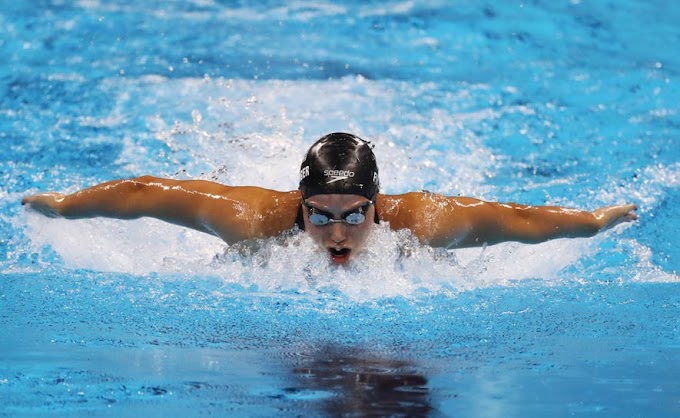If you have a swimming pool at home, you might wonder what the correct age is for your children to begin swimming lessons so that they can enjoy the water and be secure. The response depends on how old your children are in swimming lessons and what you mean.
The American Academy of Pediatrics recommends swimming classes for all kids aged 4 or older when kids should start swimming lessons. They used to advise that you do not start official swimming lessons until children are at least 4 years of age, the age that is believed to be "developmentally prepared" for swimming lessons.
They no longer oppose aquatic programs and swimming lessons for infants and preschoolers between the ages of 1 and 4. Keep in mind that the AAP is not going out of its manner to say that children under the age of 4 should have classes, but if parents want to enroll their children in these programmes, it's fine.
Benefits of Early Swim Lessons
Aquatic programs for children and infants are very common for parents and children alike. They are a nice way to teach your children how to appreciate being in the water and teach them how to be secure around the water. These kinds of programs may not, however, reduce the danger of drowning your child and are not a replacement for adult supervision and water safety, although some tiny studies have discovered that these older kids can learn "some drowning prevention abilities."
Will it assist your kid learn to swim more quickly to start swimming lessons soon? Perhaps not. An elderly research on the willingness of children to learn front crawl swimming showed that whether children began to swim well at 2, 3 or 4 years of age at about the same average age of 5 1/2 years.
Safety in the Pool
Keep in mind security at all times. Remember that swimming lessons are not drowning-proof younger children and should always be monitored in the water, whether they understand how to swim or not. You should even learn to exercise "touch monitoring" with floats or a life jacket, which the AAP defines as a caregiver within reach of an arm or capable of touching the swimmer.
Other precautions should also be taken, including instruction on pool risks for babysitters and how to use protective devices. When you have a social gathering around the pool, have the adults take turns to be the dedicated watcher to ensure that children always have eyes on them.
The American Academy of Pediatrics recommends swimming classes for all kids aged 4 or older when kids should start swimming lessons. They used to advise that you do not start official swimming lessons until children are at least 4 years of age, the age that is believed to be "developmentally prepared" for swimming lessons.
They no longer oppose aquatic programs and swimming lessons for infants and preschoolers between the ages of 1 and 4. Keep in mind that the AAP is not going out of its manner to say that children under the age of 4 should have classes, but if parents want to enroll their children in these programmes, it's fine.
Benefits of Early Swim Lessons
Aquatic programs for children and infants are very common for parents and children alike. They are a nice way to teach your children how to appreciate being in the water and teach them how to be secure around the water. These kinds of programs may not, however, reduce the danger of drowning your child and are not a replacement for adult supervision and water safety, although some tiny studies have discovered that these older kids can learn "some drowning prevention abilities."
Will it assist your kid learn to swim more quickly to start swimming lessons soon? Perhaps not. An elderly research on the willingness of children to learn front crawl swimming showed that whether children began to swim well at 2, 3 or 4 years of age at about the same average age of 5 1/2 years.
Safety in the Pool
Keep in mind security at all times. Remember that swimming lessons are not drowning-proof younger children and should always be monitored in the water, whether they understand how to swim or not. You should even learn to exercise "touch monitoring" with floats or a life jacket, which the AAP defines as a caregiver within reach of an arm or capable of touching the swimmer.
Other precautions should also be taken, including instruction on pool risks for babysitters and how to use protective devices. When you have a social gathering around the pool, have the adults take turns to be the dedicated watcher to ensure that children always have eyes on them.







0 Comments